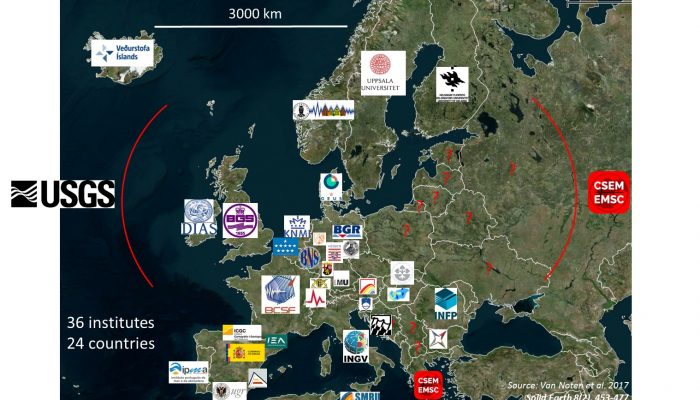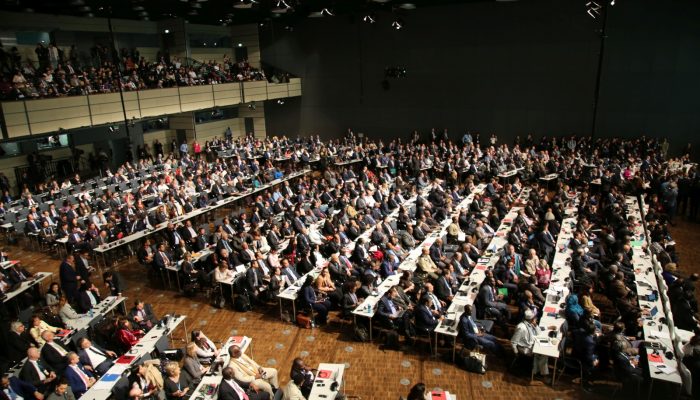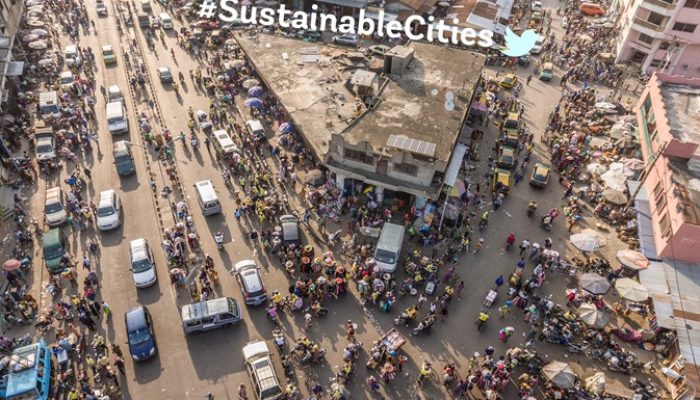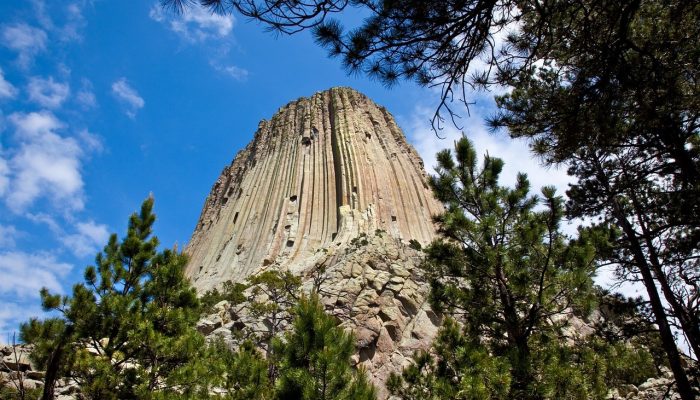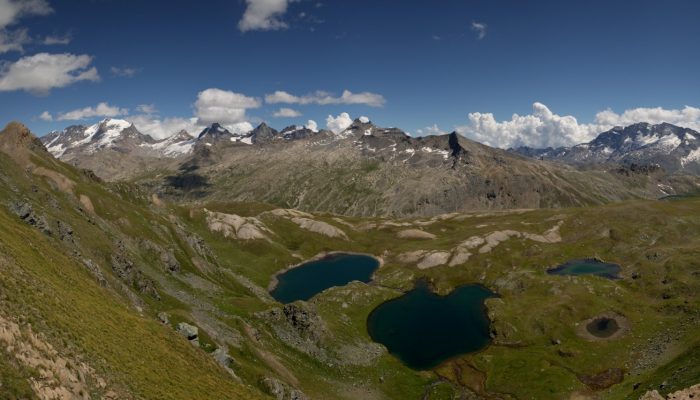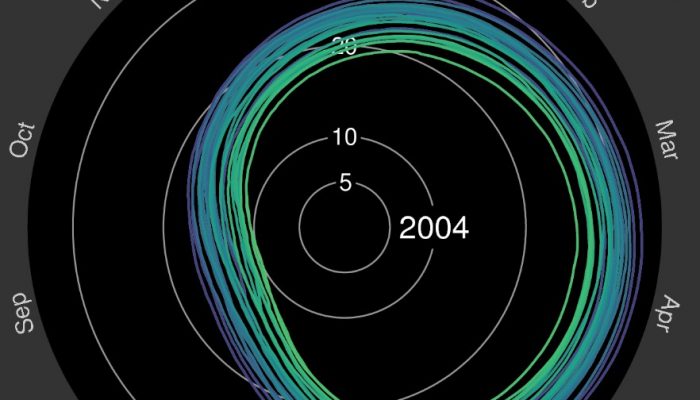“Did you feel the earthquake ?” “Avez-vous ressenti un tremblement de Terre?” “Erdbeben gespürt?” ” Følte du siste jordskjelv?” “Sentiu um Sismo?” “Ha sentido algún terremoto?” “Pocítili ste zemetrasenie?” “Hai Sentito il Terremoto?” “почувствахте ли земетрес ...[Read More]
If you didn't find what you was looking for try searching again.
GeoLog
GeoPolicy: COP23 – key updates and outcomes
What is COP23? Anthropogenic climate change is threatening life on this planet as we know it. It’s a global issue… and not one that is easily solved. The Conference of the Parties (COP) provides world leaders, policy workers, scientists and industry leaders with the space to share ideas and decide on how to tackle climate change and generate global transformative change. COP23 will predominantly f ...[Read More]
WaterUnderground
Bedrock: A hydrogeologist’s devotional
Post by Kevin Befus, Assistant Professor at the College of Engineering and Applied Science at the University of Wyoming, in the United States. _______________________________________________ I want to share a book with you that has encouraged me through initial academic mires (I was only in graduate school for 7 years…) and inspired me to expand my perception and appreciation of the natural world. ...[Read More]
Geomorphology
Getting to know the GM presidency candidates: #2 Jens Turowski
During the EGU Election Autumn 2017, all EGU members are asked to give their vote for the next EGU Union President, General Secretary and the Division Presidents until 30 November 2017. The Geomorphology division is in the luxurious situation of having three candidates for division presidency, all of which gathered experience as active members of the EGU GM division structure. In order to get to k ...[Read More]
Geology for Global Development
Jesse Zondervan’s #GfGDPicks (Nov 2017): How did people in ancient times fare during climate changes? Should we use geoengineering? #SciComm
Each month, Jesse Zondervan picks his favourite posts from geoscience and development blogs/news, relevant to the work and interests of Geology for Global Development . Here’s a round-up of Jesse’s selections for the past month: How successful were people in the Neolithic and ancient times in adapting to climate change? Two contrasting stories emerged this month: A new study from Past Global Chan ...[Read More]
Geology for Global Development
Robert Emberson: Geomythology – Why understanding cultural traditions of landscape are important for sustainable development
Every culture has myths and legends about their native lands. Before we understood the geological forces that forced up great ranges of mountains or sculpted barren deserts, humans needed an explanation for the scale and majesty of natural phenomena. Stories of deities inhabiting volcanoes, or angry gods shaking the very ground upon which people lived, helped people make sense of disasters when te ...[Read More]
Geodynamics
The quest of a numerical modelling hero
Numerical modelling is not always a walk in the park. In fact, it resembles a heroic quest more often than not. In this month’s Wit & Wisdom post, Cedric Thieulot, assistant professor at the Mantle dynamics & theoretical geophysics group at Utrecht University in The Netherlands, tells the story of his heroic quest to save the princess from the dragon clear a code from bugs and shows ...[Read More]
Geodesy
So we produced this big pile of GIS data, what now?
We all know that easy access to data speeds up doing research. In this post, we will discuss how open GIS data can stimulate innovative ways of doing research in the field of geodesy and geosciences, considering first the benefits and challenges of open data. Geodesy can benefit greatly from the open data movement and from open Geographic Information System (GIS) data. The reasons for this are two ...[Read More]
GeoLog
Imaggeo on Mondays: Bird’s eye view of Trebecchi Lakes
Among many other environmental impacts, human activities have introduced a range of animal and plant species to areas where they do not naturally belong. The introduction of alien species, as these translocated taxa are known, has wide ranging implications for native biota, ecosystem functioning, human health and the economy. Research published earlier this year found that during the last 200 year ...[Read More]
Cryospheric Sciences
Image of the Week — Climate change and disappearing ice
The first week of the Climate Change summit in Bonn (COP 23 for those in the know) has been marked by Syria’s decision to sign the Paris Accord, the international agreement that aims at tackling climate change. This decision means that the United States would become the only country outside the agreement if it were to complete the withdrawal process vowed by President Trump. In this context ...[Read More]

